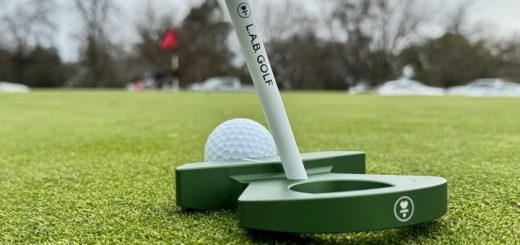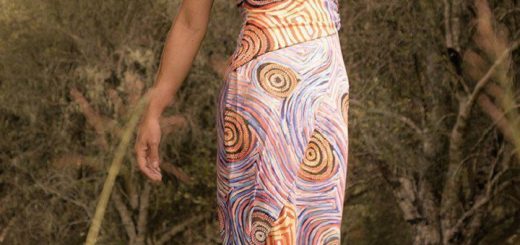Airway Tools to Include in Your First: Aid Medical Kit that Can Save Lives
In the uncertain times we live, being prepared for accidents is more than necessary – it’s vital. Being prepared doesn’t mean that you’re hoping for the worst, instead, it’s about having everything you need when the worst comes. Since accidents can take place everywhere, from our homes to being outdoors in the wilderness, kilometres away from a hospital, we need to be properly equipped with a first aid kit. Preparation might mean evaluating our lifestyle to determine what we would need in our survival kits at times of distress.
As we all live in different places and conditions, our preparation inevitably needs a personal approach. This means we are the ones to ask ourselves what’s the worst that can happen to us and then accordingly prepare. What’s likely to happen to people living at the sea isn’t the same thing for those living on the inside of Australia. Other factors that will impact our preparation may include the activities we engage in, like hiking, extreme sports or hiking and camping in the hills.
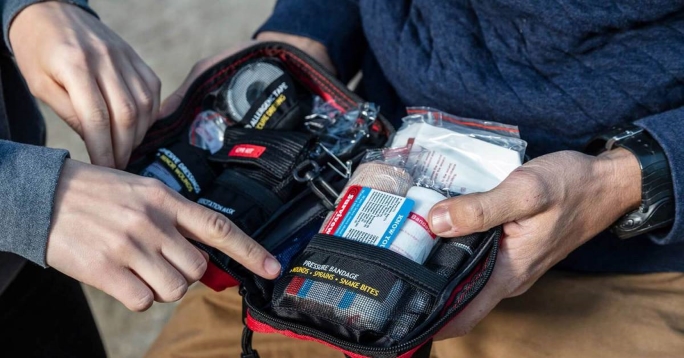
Many prepare their tactical help kits to sustain trauma and bleeding help tools, but airway management tools are rarely discussed, despite respiratory issues being a leading cause of death in the world. Here’s a list of the most important airway tools that your first aid kit should include.
NPA or Nasopharyngeal Airway
Being in a situation when someone is fighting for their life, struggling to take a breath is at least frightening and for sure a traumatic experience, especially if that someone is one of our close family or friends. For that very reason, today, more and more people are interested in becoming certified in helping people in emergencies by taking courses that will provide them with the knowledge and information that a first responder needs.
Years ago, the term first responder only applied to police officers, firefighters and emergency medical professionals. But lately, this term has also been applied to involved participants and concerned citizens who happen to be present. That’s why having a certain level of training and a fully equipped first aid kit come in hand. And that’s why tactical equipment manufacturers more than ever are being determined to provide basic airway helping kits to people that aren’t medical professionals. There are even options for personalised kits with the tools you decide on.
So, what do you do when someone has trouble breathing due to airway blockage? This can happen by simply choking while eating or drinking or by having something accidentally stuck in the airway. First things first, we’ve heard of the Heimlich manoeuvre or the abdominal thrusts, tilting the head to stop the tongue from going back and making its obstruction and these are the basic things we can do to prevent airway obstruction. But what to do when they don’t work?
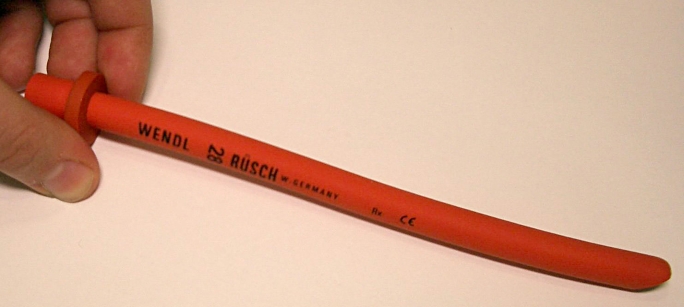
That’s when the nasopharyngeal airway, or NPA, comes in hand, making this tube one of the most important airway management devices. How does a nasopharyngeal airway work? Also known as nasal trumpet because of its look, the nasopharyngeal tube is widely used in conscious and semi-conscious patients who have upper respiratory issues or trouble breathing, but have the gag reflex which makes any other airway manoeuvre impossible. It’s a common way of enabling an open airway in people at risk while waiting for professional help to come and do the next needed procedure. Although it’s most commonly done by anaesthesia providers or other medical professionals for patients either during induction, the NPA manoeuvre done by trained individuals can save lives.
Nasopharyngeal tubes come in many sizes and several materials, PVC and soft rubber ones being the most common. Since they usually come in a package of several sizes, it’s up to you to assess which size to use. You can do that by placing the nasopharyngeal tube at the nose opening and narrowing it down to the mandible. The right size should be the one that ends right at the mandible. If it goes past it, it’ll be too long and if it doesn’t reach, it’ll be too short. Lubricating the preferred nostril with the proper lubricant that comes with the tube is the next and maybe most important step as it largely impacts the application and then comes the application. You should insert the adjunct into the nostril vertically along the floor of the nose with a slight twisting action aiming towards the back of the opposite eyeball. It should end at the base of the tongue providing passing of air. If needed, you can apply an oxygen mask or bag-mask ventilation over the top. Even if trained, you should do the whole application process gently and with caution to prevent any trauma.
OPA or Oropharyngeal Airway
The oropharyngeal airway, or OPA, serves the same purpose as the NPA, with the great difference in design and the fact that it’s applied in the mouth, as the name suggests. Also known as Guedel airway, the use of this adjunct is indicated after taking the basic ways to manage the passing of air in unconscious patients, such as tilting the head up, and the airway is still blocked. If the patient gags, it’s unlikely that they’ll tolerate this adjunct, so you should switch to NPA instead.
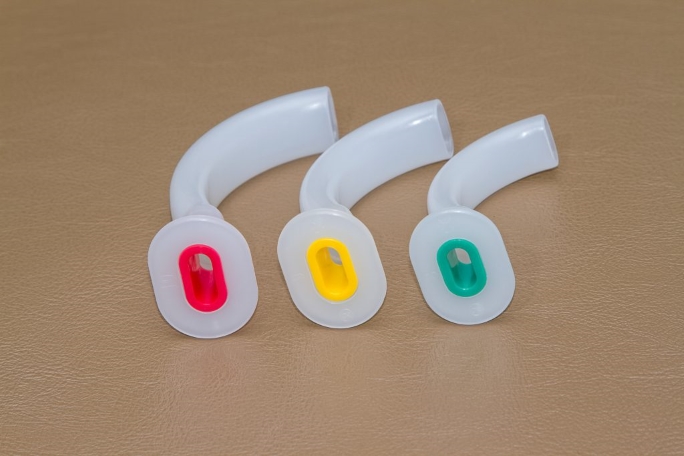
The OPA is made out of rigid plastic, opposed to the soft used in NPAs, and therefore finding the right size is inevitable to prevent the trauma of the lips and mouth. Use one that matches the distance between the corner of the patient’s mouth and the angle of their jaw. When it comes to the application before you lube the oropharyngeal airway, make sure there are no foreign bodies in the mouth, as well as vomit and blood. If there is some residue, clear the mouth using a suction catheter. Inserting the adjunct into the mouth upside down reduces the risk of pushing the tongue back. Once the tip is around the hard-soft palate junction, rotate 180˚ and advance the rest of the way.
It’s comforting to know that with having the basic knowledge, training and the right tools in your first aid kit, it’s possible to prevent some death-causing situations. Especially if we have someone close to us who have some respiratory disease. Know your tools and you’ll be able to save lives.


